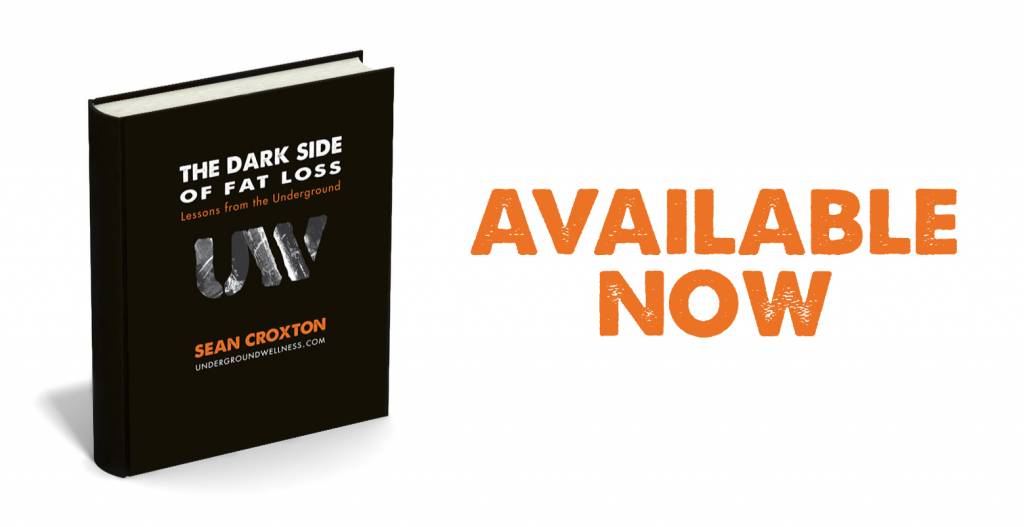The Blog About Calming the Hater in Your Head and Stuff..
 by Sean Croxton
by Sean Croxton
“The brain always chooses to shine the spotlight on fear above all other emotions.”
Ain’t that the truth.
As you learned yesterday, fears that we aren’t even consciously aware of can trump even our most stalwart attempts at reaching our goals. The oversensitive, fear-mongering amygdala brings to mind an anxiety-ridden driver’s ed instructor who taps his brake whenever his student approaches the speed limit.
You’re going too fast!
Watch out for the pedestrians!
You’re too close to the car in front of you!
Sheesh…
In its efforts to protect us from harm, the amygdala pumps the brakes on the action centers of the brain, known as the motor cortex. This battle between our unconscious motivations and our conscious intentions keeps us from sticking to our fat loss programs, from leaving our miserable jobs, and from earning incomes that will allow us to do the things we want in life.
No matter how badly you want to lose those 30 pounds, your brain attends to fear above all else and would rather save you from the consequences — real or imagined — of ruffling a few feathers (by changing the way you eat when with friends and family) or diverting from the path of familiarity. Sometimes, there’s nothing scarier than the unknown.

 by Sean Croxton
by Sean Croxton by Sean Croxton
by Sean Croxton by Sean Croxton
by Sean Croxton








